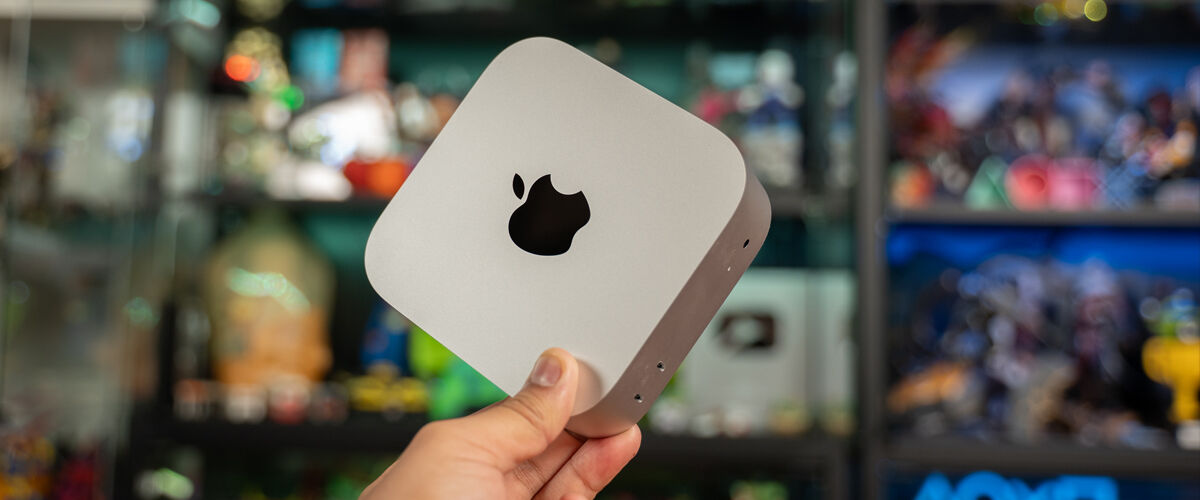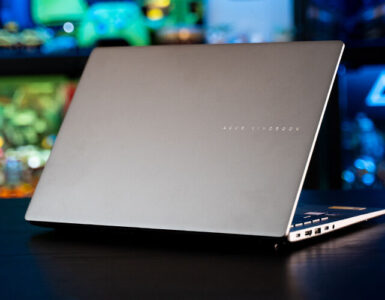As far as the tech scene is concerned, size matters. On one hand, miniaturisation has given rise to the production of larger devices, allowing companies to pack in more precise hardware for more powerful and bigger phones and laptops, along with even larger TV sets. On the other hand, miniaturisation has also given rise to powerful, compact machines including routers, network cameras and of course, the home computer.
What used to take up a huge area under your desk has now shrunk to fit on your desk, but for tech giant Apple, that’s still not enough. Realising that not everybody has the space required in their office or home set-ups to fit massive workstations, the company launched the Mac mini line in 2005, showcasing a series of home computers that consisted of an all-in-one, without a screen. Meant to be used alongside currently owned peripherals and a display, the paperback novel-sized Mac mini provides an ideal middle ground between the all-encompassing iMac and the beefy Mac Studio devices.
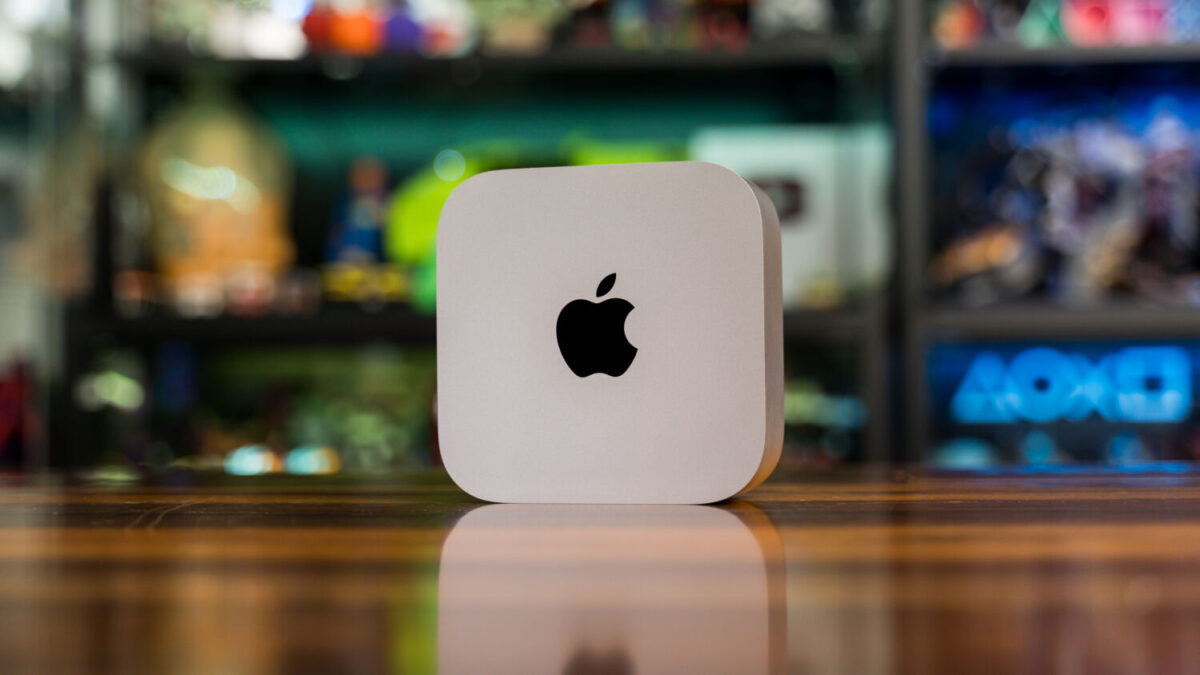
This year’s iteration serves the same audience, except that it’s even smaller than before, at about half the size of last year’s version and sharing almost the same profile as the Apple TV media unit, along with similar aesthetics to its older siblings. Housed in the same aluminium unibody chassis, this year’s version is powered by Apple’s latest silicon processor chips, the M4 and M4 Pro, making it truly the little Mac that could.
With Apple’s decision to skip the M3 chip for its Mac mini line, this year’s base M4 model unsurprisingly presents a significant bump in performance, packing a 12-core CPU with 8 performance cores and 4 efficiency cores. Meanwhile, the M4 Pro version houses a 16-core GPU, 16-core Neural Engine and up to 64GB of unified memory and overall, Apple claims that it provides six times faster performance compared to a top-selling PC desktop within the same price range.
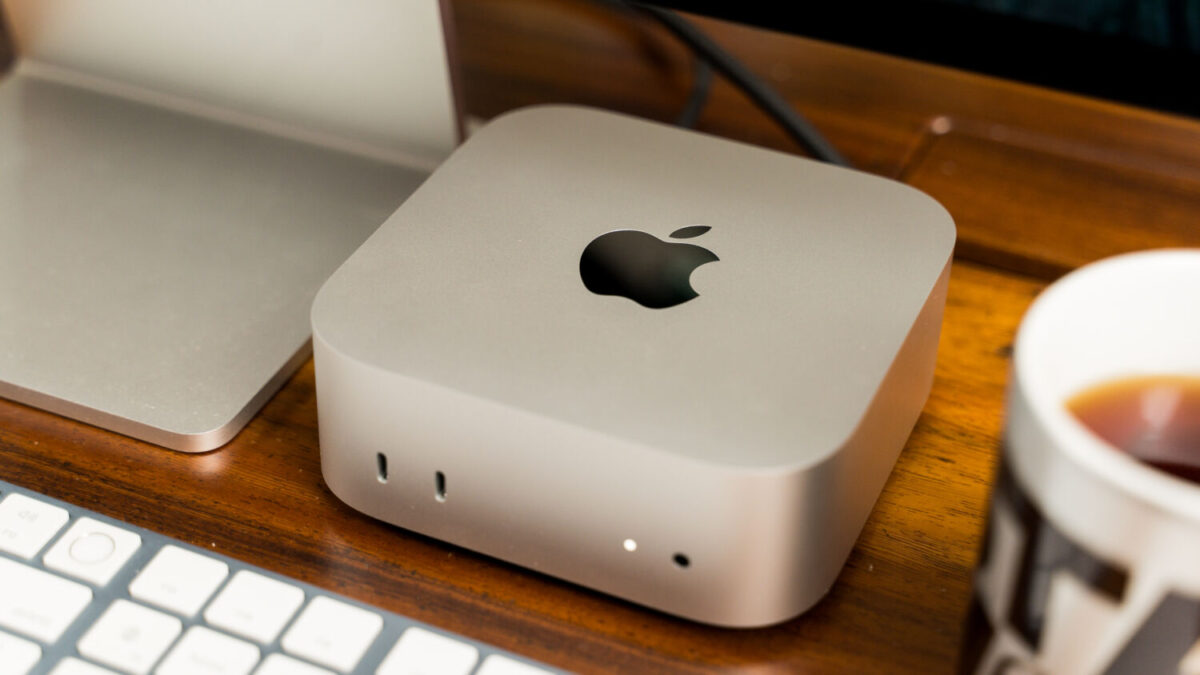
But it’s more than just a performance metric game these days and while the boost to hardware performance might be a major selling point all on its own, perhaps the biggest inclusion with this year’s iteration of the Mac mini is its support for Apple Intelligence, introduced with the macOS Sequoia 15.1. Just as every other chipmaker and hardware company is tapping on artificial intelligence (AI) to lure consumers and promote a hardware upgrade, Apple’s own efforts are here to provide tools for Mac users to harness the power of AI, to assist users in multiple aspects of their daily digital life, all done locally on the device itself.
Of course, this new feature is still currently in its infancy, with added features planned to roll out gradually, as a way to wean users slowly into the growing ecosystem, even as Apple continues to improve the software, from tools that offer to enhance daily tasks like writing emails and redrafting them, as well simple to use photo editing tools at the tap of the screen. While these may not seem like much thus far, it does paint a hopeful picture of what the future holds for Apple as it continues to develop more technologies to further incorporate the power of AI.

Apple Intelligence is all about boosting productivity. Rewriting, proofreading, and summarizing text across the board is super handy, from drafting emails, sending messages, or jotting down notes. In tests with the AI Writing Tools, it did a pretty good job of rewriting emails in different tones, keeping the original idea while changing the formality. Honestly, for those used to editing and perfecting their own words, these features might seem insignificant, but they also show how tricky it can be to integrate AI into workflows that already feel familiar. These features might be helpful for those who struggle with writing professional emails, but for many, they might just be nice to have.
Now you might be wondering why the previous paragraph seems oddly similar to that shown in the photo above, and that’s because we used the very same Writing Tool feature to rewrite the portion shown from our Apple iMac M4 (2024) review, so you can have a better look at how the function works first hand. With just a few clicks, entire paragraphs can be rewritten, from simply rephrasing its wording to more specific tonal changes, such as making it precise, more professional or friendlier (which was used in the above example).
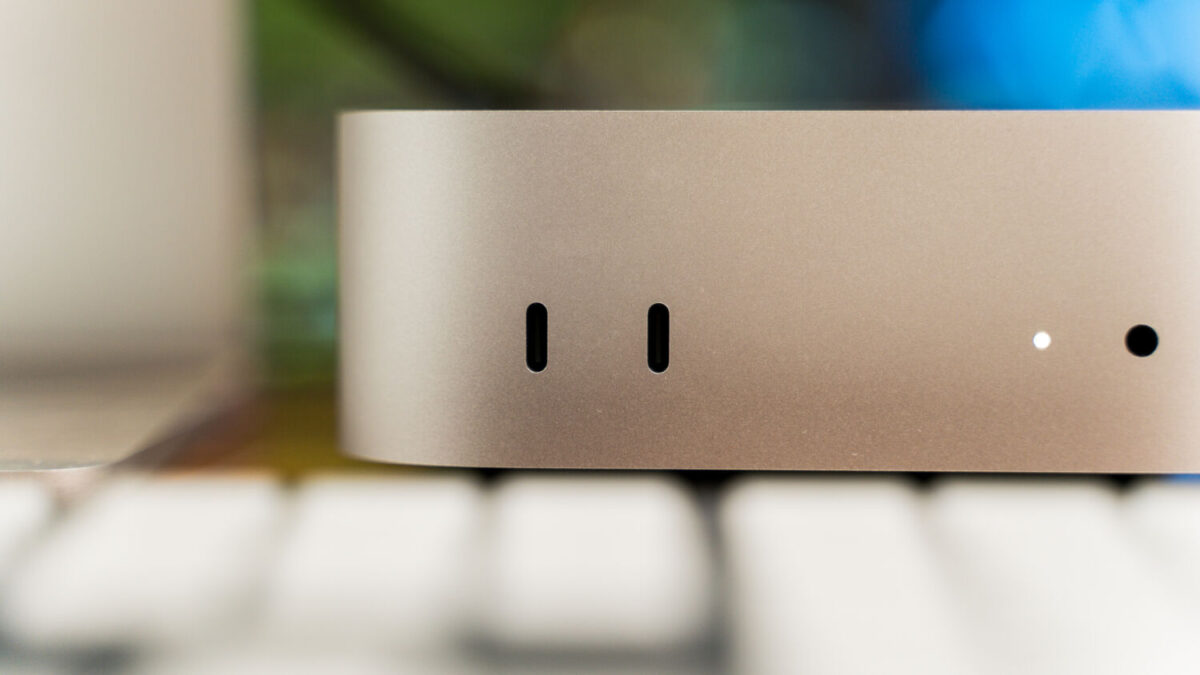
Although it can be used to change entire sections of text, Apple’s current suite of AI-assisted writing technologies seems to be largely focused on easing the process of receiving, writing and sending emails. Take Summaries in Mail and Messages for example, a tool which provides a quick overview of your inbox with summaries included, for those times in which users only have a brief moment to skim through the contents of received messages for pertinent information, which saves time and effort and removes the need to check emails individually.
Other related tools, such as Smart Reply in Mail and Priority Messages, do provide some assistance in terms of automatic email replies and a filter for time-sensitive messages respectively, but in their current state, these only seem to truly work for specific instances. Smart Reply for instance, only sends a generic reply whenever an email specifically poses a question requiring a “yes” or “no” response, while the Priority Messages feature starts to fumble once met with an overwhelming amount of messages.


Perhaps the best application of AI thus far is in terms of photo editing, with the introduction of the Clean Up tool, designed to filter out unwanted elements of photos. It performed surprisingly well in our tests, able to completely remove any unwelcome photo-bombers (me, in the example shown) from an image, even down to the shadows cast. Of course, this feature starts to show its limitations upon closer look when removing complex elements or those with multiple objects in the background, but the fact that the tool could edit the above image to look like I’m posing in front of a normal mall (at least on first glance) is a rather impressive feat.
Apart from the new integration with AI, performance improvements would most likely be the other main consideration for potential buyers. While the previous M2 Pro chip iteration of the Mac mini only presented minimal improvements when it comes to performance over the M1-powered version, the new M4 Pro chip offers a much more substantial upgrade. From our testing, the Geekbench 6 benchmark came in at 3948 for single-core CPU, and 22,654 for the double-core score, a huge jump from the 1928 and 14,504 on the Mac mini M2 Pro.
Using Novabench, the M4 Pro yielded a score of 3699, with the following breakdown:
- CPU: 2086
- GPU: 410
- Memory: 665
- Storage: 538
While its Cinebench results were as follows:
- GPU (System Requirements): 9215 pts
- CPU (Multi Core): 1652 pts
- CPU (Single Core): 177 pts
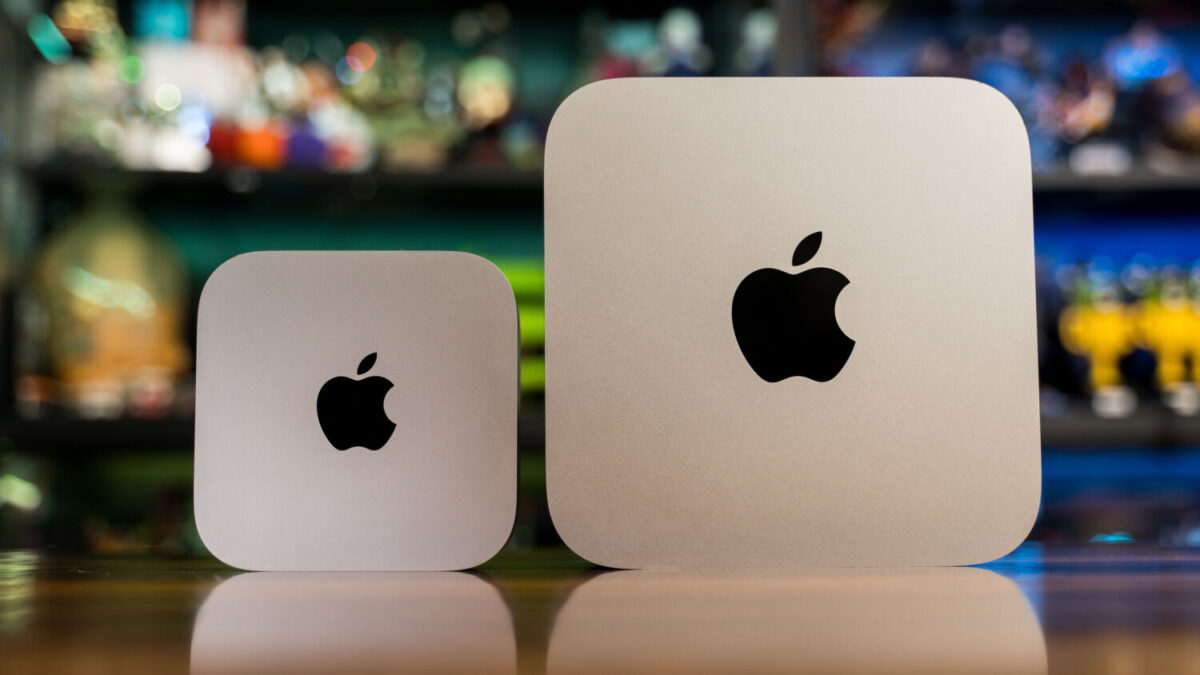
While higher numbers might be all well and good, it needs to be put to the test to truly appreciate the improvements provided. To this end, we tested its performance when faced with a demanding task – processing a 10-minute 4K, 60fps video while using Adobe Premiere Pro. The results are impressive, fully converting and exporting the file to 1080p resolution in three minutes and five seconds. For context, this year’s iMac outfitted with a standard M4 chip performed the same process in six minutes. Transcoding speeds-wise, the Mac mini M4 Pro similarly exceeded the iMac, converting the same video file on Handbrake to 1080p in three minutes and 45 seconds compared to the latter’s six minutes.
While gaming hasn’t been Apple’s main focus, the new chip does boast its fastest performance yet, but how well does it hold up in actual tests? We booted up two titles we had on hand, Metro Exodus and Baldur’s Gate 3, both graphical powerhouses in their own rights, to see how well they run on the mini. Both games impressively maintained a stable 60 frames per second with all settings on high at an ultra-widescreen 3440×1440 resolution.
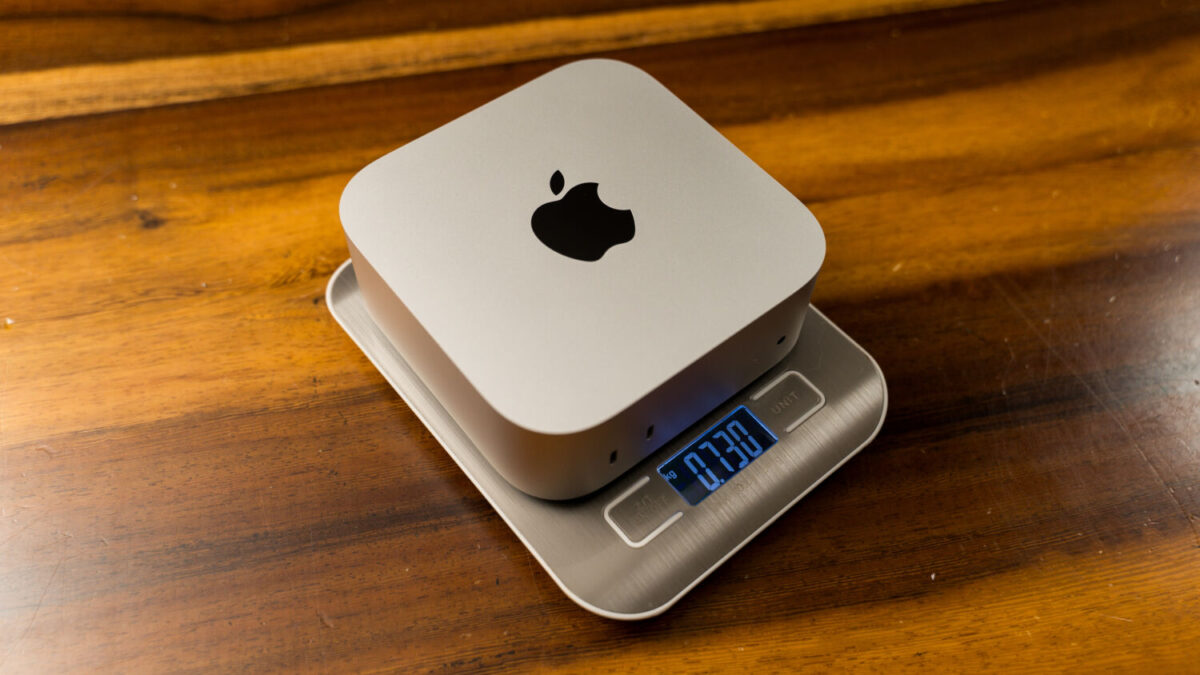
That being said, even while running these strenuous tasks over a prolonged period, the Mac mini’s internal cooling fans never got overly loud, with a perfectly acceptable noise level even when not using headphones. The same can be said for its heat management and dissipation, never getting uncomfortably warm throughout all our stress tests.
In addition, it’s also worth mentioning that the M4 Pro will support hardware-accelerated ray tracing on select titles, but the small selection of games currently able to support this feature meant that we were, unfortunately, unable to test out these claims.

Just like its internal components, the mini has also received a substantial bump in terms of compactness. While its 5cm height is slightly taller than the 3.58cm of its M2 Pro predecessor, it has a much smaller footprint otherwise, with a height and width of 12.7cm (compared to 19.7cm on the M2 Pro), which also makes it significantly smaller than its big brother, the Mac Studio, which comes in at 9.5cm x 19.7cm x 19.7cm. It’s lighter too, weighing only 0.73kg, or 0.67kg for the standard M4 variant. As a whole, this is undoubtedly an upgrade, and it’s rather staggering how much power this little device, which can almost fit into the side pockets of cargo pants, can pack in such a small form factor.
By far the biggest difference externally comes from the placements of the mini’s various ports, and unfortunately, it’s much more limited this time around. On the rear, users get one Gigabit Ethernet port, a HDMI port and three Thunderbolt 5 USB-C ports (Thunderbolt 4 for the M4 version), with two USB-C ports in the front alongside a 3.5mm headphone jack. In a surprise move, the power button is now rather awkwardly located at the bottom of the mini, which is a strange design choice indeed, considering that users will need to lift up the mini each time they want to power it on. But if you’re the type to leave your machine on standby mode, this wouldn’t be an issue.
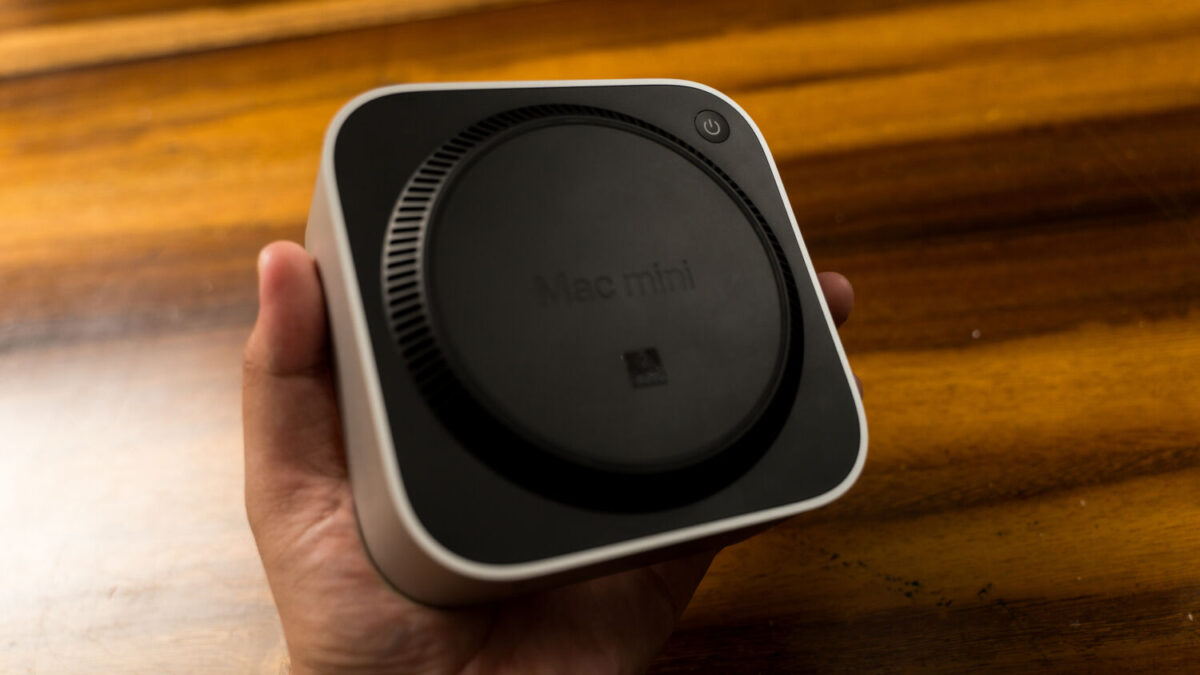
Setting up the device is pretty straightforward for anyone with experience with Mac products of the past. Like always, you would need an Apple keyboard and mouse to complete its initial start-up process, so make sure your devices are sufficiently charged up and ready to go, once done, the device will automatically recognise the peripherals and pair with them, and the whole process shouldn’t last more than five minutes.
With prices starting from S$849 for the M4 version, to S$1,999 for the M4 Pro, it remarkably presents only a slight premium compared to its M2 brethren (costing the same for the standard version on release and only S$150 more for the Pro), and what makes its asking price even more enticing considering the multitude of improvements and the inclusion of Apple Intelligence.

As with the previous iterations, another advantage of getting the more wallet-friendly Mac mini is that users can then save the cash for a premium monitor, such as Apple’s Studio Display, to supplement the improved performance provided with a crisp 5K Retina display, all without worrying about the hassles of upgrading once the next iteration of the Mac mini hits.
In any case, the Mac mini M4 Pro serves as Apple’s smallest, yet most advanced version of its compact machine line to date, proving that it is indeed possible to produce a powerful workhorse that can sit inconspicuously on any desk setup.
GEEK REVIEW SCORE
Summary
An improvement over its predecessor in almost every aspect, the Mac Mini M4 Pro shows just how much Apple can push the limits of compact engineering, producing a beast in a deceivingly small package.
Overall
9.1/10
-
Aesthetics - 8.5/10
8.5/10
-
Build Quality - 8.5/10
8.5/10
-
Performance - 9.5/10
9.5/10
-
Value - 9.5/10
9.5/10
-
Geek Satisfaction - 9.5/10
9.5/10

